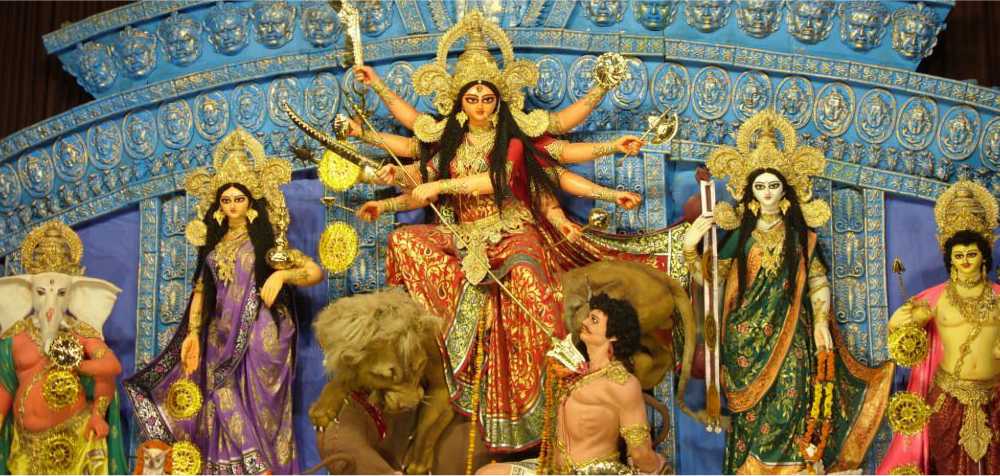
Navratri — the Nine-day Inner Conquest
The victory of good over evil has been at the core of several mythologies and religious practices. Though these values can be traced back to centuries of human history, have we ever stopped to wonder why positivity hasn’t yet prevailed?
While we seek the ultimate transformation outside in the world, we often forget the potential that we hold within us. 2022 is a huge opportunity for us to introspect and ensure the victory of positivity within ourselves.
This Navratri, let’s take a 9-day challenge to achieve this. Each one of us has to start within ourselves. Thereafter, it would just be the ripple effect of how our victory encourages others and eventually spreads to the entire world.
We can benefit from the symbolism encoded in the practices followed during these nine days, culminating in the Tenth day of Victory (Vijaydashmi):
- Ghatasthapana – the Vow – On this first day, a ghata or pot filled with barley, wheat, corn and rice seeds is sown in our name. Our name symbolizes our ego, our belief of being separate from others. We sow the seeds to give up this ego and dedicate ourselves to the purpose of the true Self. We vow to overcome vices. It is our war cry.
- Ritual Allies – Practices such as tying a thread on the wrist, not shaving, growing hair, not wearing footwear, are meant to constantly remind us of our resolve to attain the truth.
- Goddess Kali – Her fearsome form is depicted with a long tongue drenched with the blood of the demon Raktbeej. She licks off his blood to prevent it from dripping down to earth and sprouting new demons. The severed head of the demon hangs in her hand. It is an indication for us to sever our inner demons or vices and ensure that our ego does not get the fertile ground to breed new demons or tendencies in life.
- The Karmic Cycle – Every karma or action is a seed that begets the next scene in life. If we let our ego drive our actions, we sow the seeds of a life tangled in sorrow and cloudiness. On the other hand, if we detach ourselves from the diktats of the ego, we pave the way to joy and clarity.
- Ravana’s Ten Heads – In the epic of Ramayan, the demon-king Ravana had ten heads, which Lord Rama tried to shoot down. Despite his efforts, a new head would replace the severed one. This symbolizes our judgmental mind, which keeps raising its head. The many heads are the vices of the mind like anger, attachment, boredom, greed, hatred, lust, jealousy, ill-will, fear and sorrow.
- An Arrow to Ravana’s Navel – When Lord Rama shot an arrow at Ravana’s navel (the root), he met his end. Similarly, the root of our problems is in the navel – the ego. When the ego comes to an end, all vices automatically dissolve. When this ego exists, we get attached to our vices. When we let go of the ego, we see things from a top view. With wisdom, the separateness of the ego dissolves in the experience of divine oneness.
- Garba – The dance performed during these nine days can become an expression of divine ecstasy only when we recognize the One Light that shines through all of us.
Our 9-day challenge culminates on Vijaydashmi—the day of victory. On this tenth day, we celebrate the victory of Truth (our true nature) over untruth (the ego) by burning the effigy of Ravana.







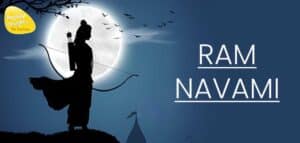
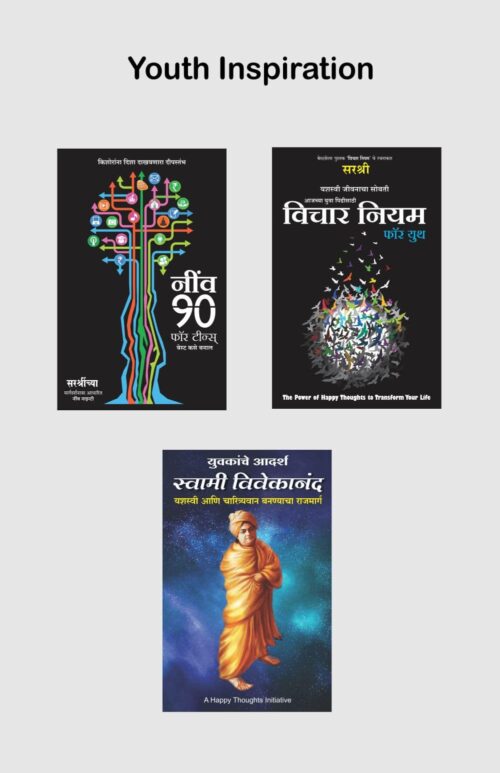
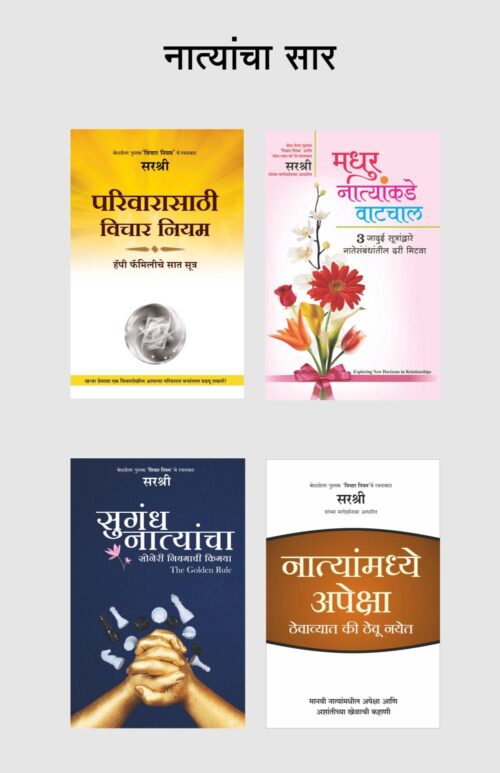
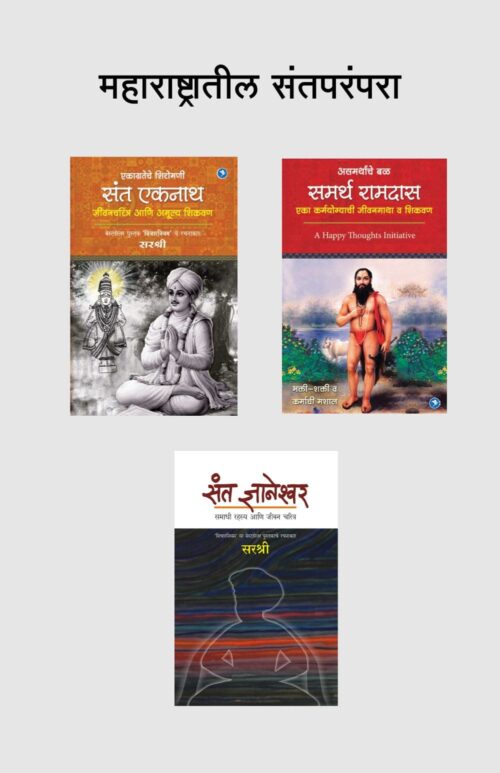
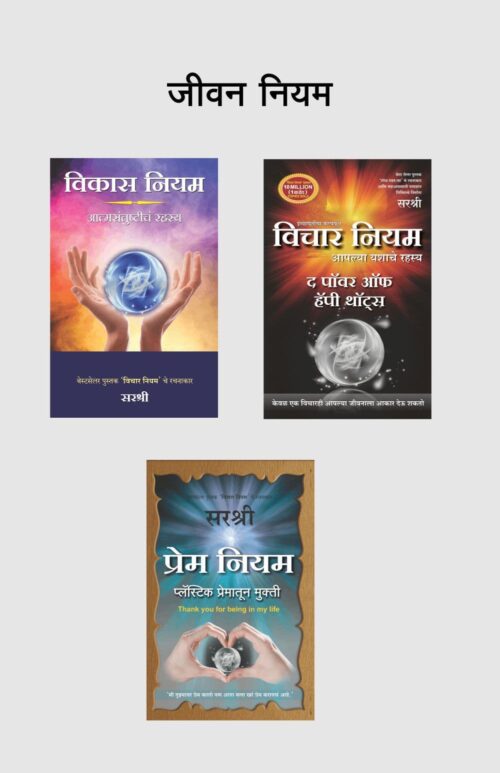
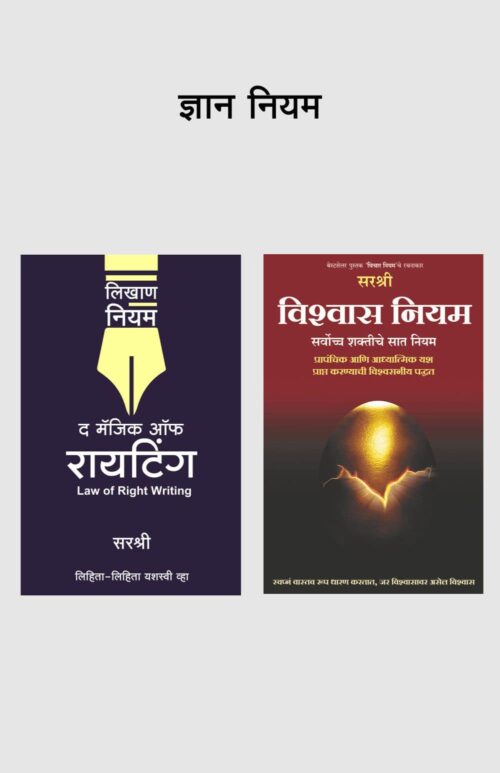




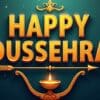
2 comments
Peri bhagavati rao
Excellent narration.
Dhanyawad Sirshree
Peri bhagavati rao
True celebration is only after zeroing our ego.